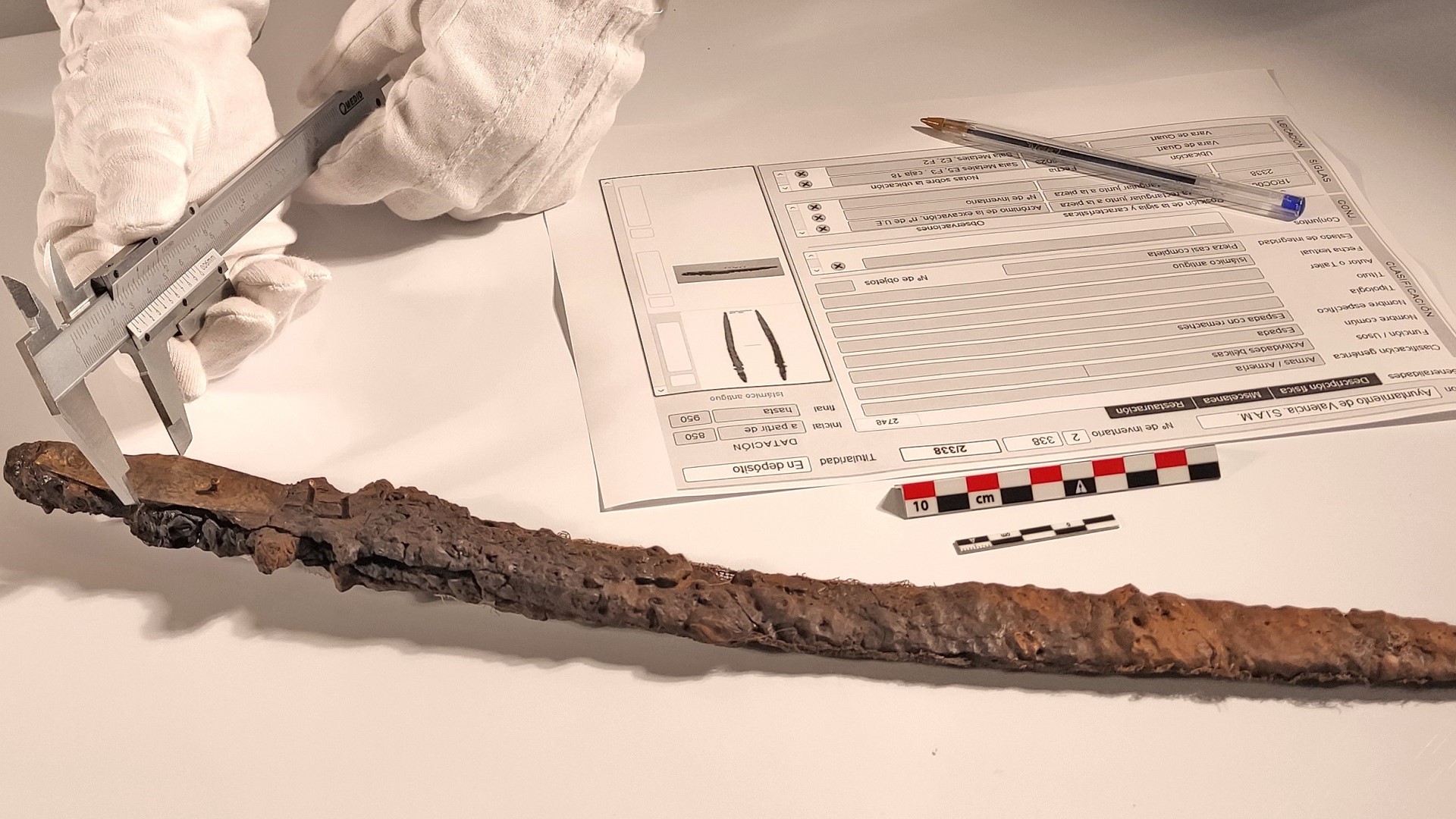JFMK, Vol. 9, Pages 70: A Comparison between Core Stability Exercises and Muscle Thickness Using Two Different Activation Maneuvers
Journal of Functional Morphology and Kinesiology doi: 10.3390/jfmk9020070
Authors: Ioannis Tsartsapakis Ioanna Bagioka Flora Fountoukidou Eleftherios Kellis
Core stability training is crucial for competitive athletes, individuals who want to improve their health and physical performance, and those undergoing clinical rehabilitation. This study compared the ultrasound (US) muscle thickness of the abdominals and lumbar multifidus (LM) muscles between seven popular trunk stability exercises performed using hollowing and bracing maneuvers. Forty-four healthy young adults, aged between 21 and 32 years, performed a plank, bird dog, beast crawl, dead bug, Pilates tap, bridge, and side planks using the bracing and the hollowing maneuver. The thickness of the transversus abdominis (TrA), internal oblique (IO), and LM muscles was measured simultaneously using two ultrasound machines. Analysis of variance designs indicated that during hollowing, the bird dog and side plank exercises resulted in the greatest increase in the muscle’s relative thickness overall. The relative thickness of all muscles was significantly greater (p < 0.001) during hollowing (22.7 ± 7.80 to 106 ± 24.5% of rest) compared to bracing (18.7 ± 7.40 to 87.1 ± 20.9% of rest). The TrA showed the greatest increase in thickness (p < 0.001) compared to the IO and LM. Additionally, the IO had a greater increase in thickness (p < 0.001) than the LM. In conclusion, our findings indicate that the bird dog and side plank exercises, when performed with hollowing, showed the most significant total muscle thickness increase. Notably, the hollowing maneuver enhances the thickness of the TrA, IO, and LM muscles more than the bracing maneuver. This contributes to the discussion on optimal strategies for dynamic core stabilization.

 2 weeks ago
24
2 weeks ago
24


